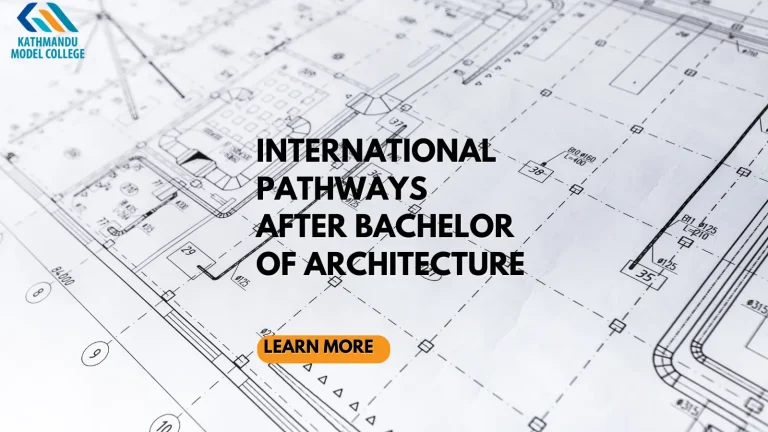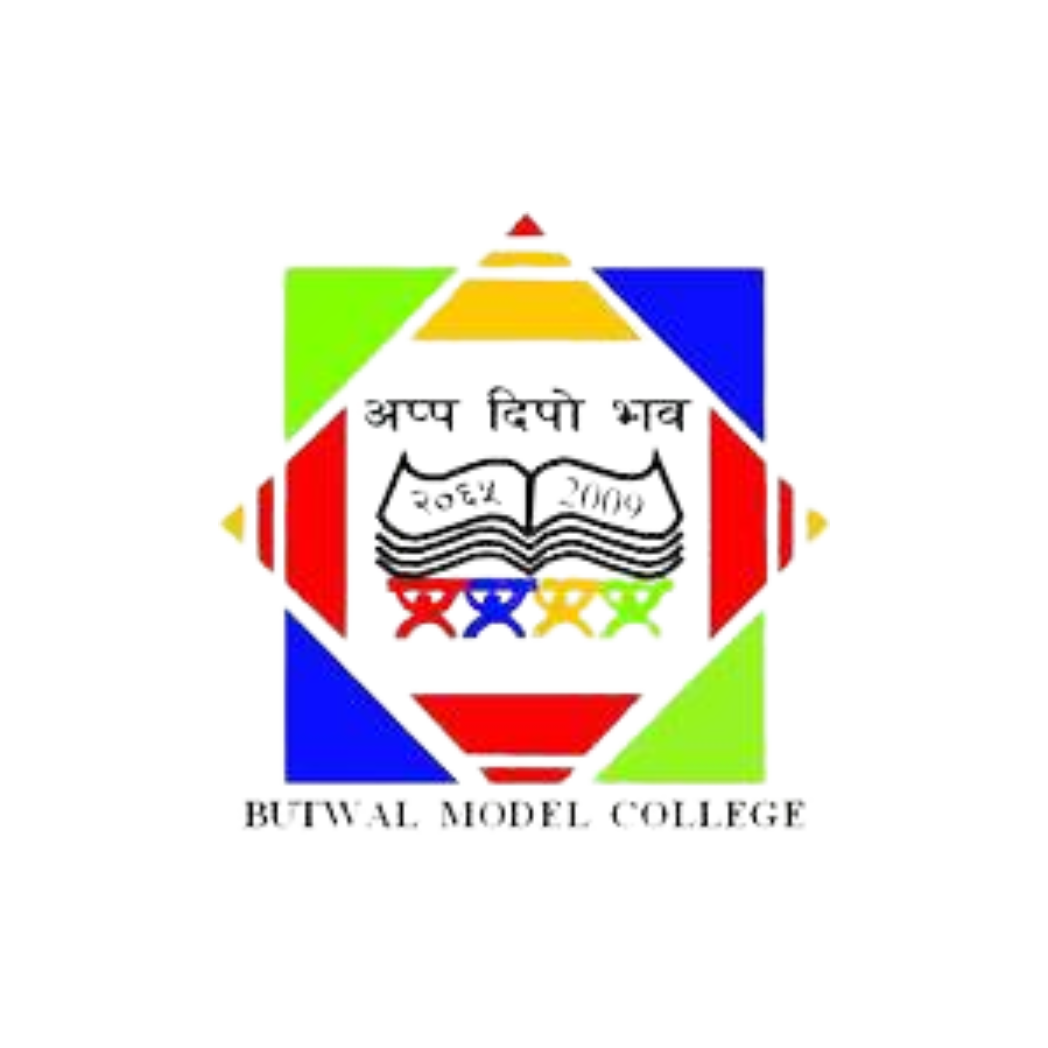
Core Subjects in B.Arch: What you will study
Architecture is the art and science of designing and constructing buildings and other physical structures.
It is a multidisciplinary field blending art, science, and technology.
Architecture is more than designing buildings, it is also the responsibility of shaping the spaces where people will live, work, and connect.
So, if you are a student who is interested in pursuing this career path, earning a Bachelor’s degree in Architecture is the key to unlocking the door.
In this blog, we will discuss what you will study while pursuing the degree.
Learn more about Career Scope After a Bachelor of Architecture in Nepal
The Bachelor’s of Architecture
Bachelor of Architecture (B.Arch) is an undergraduate degree of five years that prepares students to become professional architects who will be able to combine creativity with science and technology.
In Nepal, the degree is offered by the following universities:
Kathmandu University
Tribhuvan University
Purbanchal University
Pokhara University
Eligibility
To be able to pursue the undergraduate degree, you have to meet the following requirements:
Must have completed +2 in the science stream with at least a C grade in aggregate and minimum C grade in each subject.
Must have passed the entrance examination taken by the respective universities.
Who should study Architecture?
If these qualities align with you, you should study architecture:
If you enjoy designing, drawing, and creating visual concepts.
If you have a keen interest in mathematics, physics, and engineering basics.
If you are curious about how the design of buildings, cities, and other spaces affects human life.
If you are good at problem-solving and can think logically and creatively.
If you are detail-oriented, patient, and can handle the pressure of handling long, challenging projects.
If you are interested in sustainability, green building, and urban development.
Things you should know before joining B.Arch
As rewarding as the profession of being an Architect is, it is also demanding.
Some of the things you should know before deciding to pursue it are:
The course is five years long.
The workload is going to be heavy with a hectic schedule, design work, and submissions.
The course isn’t just about drawing, but also involves mathematics, physics, materials, and engineering concepts.
It will include studio work, model making site visits, and fieldwork as well.
Studying Architecture requires high commitment, with creativity, patience, and attention to details.
You will have to work in teams and not just individually.
After graduation, the journey doesn’t stop, you will have to acquire a license by passing the licensing exam conducted by Nepal Engineering Council.
Read more about Is ACCA Still Relevant in 2025 & Beyond?
Core Subjects
The core subjects you learn in the B.Arch program are:
Architectural Design & Studio
What you study: Design principles, spatial planning, form-making, program understanding, circulation, and human scale.
Practical work: Practical work includes weekly studio projects, sketching, physical models, and 3D studies.
Skills learnt: Concept generation, problem-solving, visualization, time management, and presentation skills.
Architectural Graphics & Representation
What you study: Freehand sketching, orthographic drawings, perspective drawing, rendering techniques, and visual communication.
Practical work: Manual drawing exercises, presentation boards, and digital rendering.
Skills learnt: Clear visual communication, persuasive presentation, and diagramming.
Building Construction & Materials
What you study: Types of materials, properties, construction techniques, joints, finishes, and workmanship.
Practical Work: Site visits, material tests, small construction labs, and model assembly.
Skills learnt: Material selection, basic detailing, and cost-aware design choices.
Structural Engineering for Architects
What you learn: Statics, strength of materials, load types, simple analysis, and fundamentals of designing beams, columns, and slabs.
Practical work: Problem sets, simple structural design exercises, and collaboration with civil/structural departments.
Skills gained: Ability to create structurally sensible designs and read structural drawings.
Building Technology & Detailing
What you study: Construction details, junctions (roof-wall, window-wall), waterproofing, thermal insulation, moisture control, and construction sequencing.
Practical work: Detail drawings, mock-ups, and construction workshops.
Skills gained: Produce working drawings that contractors can build from, and minimize common site problems (leaks, cracks).
Environmental Design / Climatic Studies
What you study: Microclimate, solar geometry, natural ventilation, daylighting, passive heating/cooling strategies, and thermal comfort.
Practical work: Site climate analysis, sun path studies, shading devices design, and simple energy calculations.
Skills gained: Design buildings that reduce energy need and perform well in local climate zones.
Building Services (MEP Basics)
What you study: Water supply, sanitation, drainage, electrical distribution basics, lighting design, HVAC concepts, fire safety, and vertical transportation.
Practical work: Service layouts, coordination exercises, and reading MEP drawings.
Skills gained: Integrate services into building design, coordinate with engineers, ensure habitability and code compliance.
History & Theory of Architecture
What you study: Architectural movements, major architects, cultural contexts, theory, and the history of Nepali architecture and heritage.
Practical work: Case studies, essays, and field trips to heritage sites.
Skills gained: Contextual sensitivity, ability to draw inspiration responsibly from the past.
Learn more about BSc. CSIT or BCA – Which Is Better for an IT Career in Nepal?
Urban Design & Planning
What you study: Urban morphology, land use planning, streets and public spaces, infrastructure, housing policy, and basic transport concepts.
Practical work: Site planning projects, zoning exercises, and small-scale masterplanning.
Skills gained: Understand how buildings fit into larger urban systems and how to design for communities.
Landscape Architecture & Site Planning
What you study: Grading, drainage, planting design, hard/soft landscape materials, open space programming.
Practical work: Landscape drawings, planting schedules, and sustainable stormwater design.
Skills gained: Create functional, resilient outdoor spaces that support the building.
Conservation & Heritage Studies
What you study: Principles of conservation, restoration techniques, materials compatibility, documentation methods, and legal frameworks for heritage protection.
Practical work: Surveying heritage buildings, conservation proposals, repair methodology exercises.
Skills gained: Ability to assess and propose interventions that preserve cultural significance.
Professional Practice, Law & Management
What you study: Project management, contracts, building codes, professional ethics, fee estimation, procurement, and roles of stakeholders.
Practical work: Mock tendering, preparing bill of quantities, client presentations.
Skills gained: Business skills, legal awareness, teamwork and leadership.
Computer-Aided Design & Digital Tools (CAD / BIM / Visualization)
What you study: 2D CAD drafting, 3D modeling, Building Information Modeling (BIM) concepts, rendering and graphic presentation, and parametric tools.
Practical work: Digital drawing assignments, BIM coordination exercises, fly-throughs, and renderings.
Skills gained: Produce coordinated construction documents, clash detection, and improved collaboration with engineers.
Research Methods & Final Year Thesis / Project
What you study: Research design, literature review, site analysis techniques, data collection, report writing, and design thesis execution.
Practical work: A major independent project (design & research), and defended before a panel.
Skills gained: Deep problem-solving, academic research, and integrated application of all learned subjects.
Read more on How to Crack CAP-I in the First Attempt: Tips and Study Plan
How core subjects shape you
The core subjects are the building blocks on which the foundation for architecture education is built.
These subjects are puzzle pieces of the whole picture that shape an upcoming architect.
Core subjects shape future architects to design structures that are safe, sustainable, and culturally relevant, and also make them functional in the real world.
In Nepal, these subjects play an even bigger role because of the rapid urbanization and rich heritage.
Conclusion
Coming to the end, the B.Arch program in Nepal balances creativity, science, culture, and professionalism.
The subjects that are constituent in the program help transform students into architects, by guiding them to draft their very first sketch to handling real projects.
If you are passionate about design, construction, and making a positive impact on society, Architecture is your calling, and these subjects are the stepping stones towards your end destination.

























